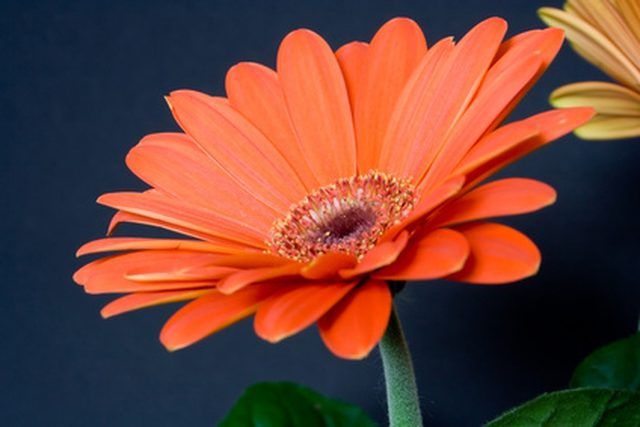Bulbs
Flower Basics
Flower Beds & Specialty Gardens
Flower Garden
Garden Furniture
Garden Gnomes
Garden Seeds
Garden Sheds
Garden Statues
Garden Tools & Supplies
Gardening Basics
Green & Organic
Groundcovers & Vines
Growing Annuals
Growing Basil
Growing Beans
Growing Berries
Growing Blueberries
Growing Cactus
Growing Corn
Growing Cotton
Growing Edibles
Growing Flowers
Growing Garlic
Growing Grapes
Growing Grass
Growing Herbs
Growing Jasmine
Growing Mint
Growing Mushrooms
Orchids
Growing Peanuts
Growing Perennials
Growing Plants
Growing Rosemary
Growing Roses
Growing Strawberries
Growing Sunflowers
Growing Thyme
Growing Tomatoes
Growing Tulips
Growing Vegetables
Herb Basics
Herb Garden
Indoor Growing
Landscaping Basics
Landscaping Patios
Landscaping Plants
Landscaping Shrubs
Landscaping Trees
Landscaping Walks & Pathways
Lawn Basics
Lawn Maintenance
Lawn Mowers
Lawn Ornaments
Lawn Planting
Lawn Tools
Outdoor Growing
Overall Landscape Planning
Pests, Weeds & Problems
Plant Basics
Rock Garden
Rose Garden
Shrubs
Soil
Specialty Gardens
Trees
Vegetable Garden
Yard Maintenance
How to Keep Gerbera Daisies Alive
How to Keep Gerbera Daisies Alive. Gerbera daisies are prized for their large, colorful flowers. The blooms have a dark-colored central disk surrounded by radiating petals in bold shades of pink, green, orange or yellow. Gerbera daisies are tender, short-lived perennials that do not tolerate winter frost. They are often grown in pots either indoors...

Gerbera daisies are prized for their large, colorful flowers. The blooms have a dark-colored central disk surrounded by radiating petals in bold shades of pink, green, orange or yellow. Gerbera daisies are tender, short-lived perennials that do not tolerate winter frost. They are often grown in pots either indoors or outside so they can be brought indoors before winter weather damages them. Keeping your Gerbera daisies alive requires minimal care and time, and these flowers reward your efforts with their striking blossoms.
Things You'll Need
Pot
Potting soil
Fertilizer
Transplant Gerbera into a 6-inch diameter pot that has drainage holes in the bottom after purchase, if the plant isn't already in the appropriate-sized pot. Use a well-drained potting medium and plant the Gerbera at the same depth in the new pot that it was at in its nursery pot.
Locate the Gerbera away from cool or hot air drafts from vents and windows, placing it in a 65 to 75 degrees F room. Avoid placing the plant in humid areas, such as near bathrooms or kitchens, as humidity can lead to fungal problems.
Place the Gerbera daisies in an area that receives bright, indirect sunlight. Limited daylight, such as that received in an east-facing window, is acceptable. Too much light causes the flowers to fade more quickly or inhibits blooming altogether.
Water Gerbera when the top 1 inch of potting soil feels dry to the touch. Check soil moisture near the center of the pot, as the edges dry out more quickly. Water from the top until the excess moisture drains from the bottom, then empty the drip tray so the pot does not sit in standing water.
Fertilize the plants once a month with a 15-15-18 soluble flowering plant food. Apply the fertilizer at the rate recommended on the package. Feed the Gerbera from spring until fall, as fertilization is not necessary in winter.
Tips & Warnings
Gerbera bloom for three years on average, but a properly cared for plant may survive longer.
Remove the dead blossoms as soon as they fade to keep the Gerbera daisy looking its best.
Bring pots indoors before the first freeze in fall, if applicable, otherwise the plants may be killed.